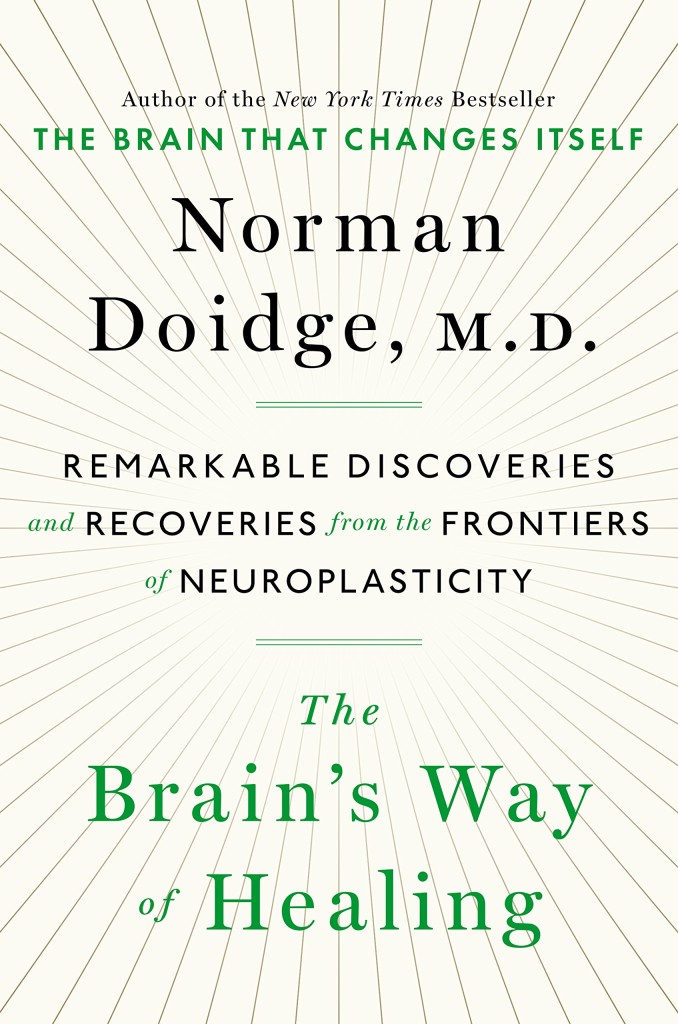Sounds of Silence
In the film version of Tennessee Williams’ drama “Suddenly Last Summer,” a manipulative aunt, Violet Venable, played by Katherine Hepburn, attempts to bribe a handsome psychiatrist, Dr. John Cukrowicz, played by Montgomery Cliff, into lobotomizing Venable’s niece, Catherine played by Elizabeth Taylor, in order to silence Catherine. Catherine knew the truth about the death of Violet’s son Sebastian.
 Tennessee Williams wrote the play in 1958 during an era known neither for tolerance of dissenting opinions nor open discussion of difficult personal matters. Visual stereotypes abound when fear based silence reigns. Interestingly, the free speech movement of the 1960’s started at UC Berkeley, the same campus where some students tried to stop invitee Bill Maher from giving the mid-term commencement speech earlier this year because some students disapproved of Maher’s comments about mid-east politics.
Tennessee Williams wrote the play in 1958 during an era known neither for tolerance of dissenting opinions nor open discussion of difficult personal matters. Visual stereotypes abound when fear based silence reigns. Interestingly, the free speech movement of the 1960’s started at UC Berkeley, the same campus where some students tried to stop invitee Bill Maher from giving the mid-term commencement speech earlier this year because some students disapproved of Maher’s comments about mid-east politics.
Forced silence is deafening.
I worry that in our increasingly electronically interconnected world we are eliminating opportunities for natural vibrational analog communication. People who do dress up and show up in person to listen to or put out public discourse sound waves sometimes find themselves sitting in nearly empty auditoriums or shouted down. There is little in the middle. I think of the 1950’s and 1960’s again. Discouraging human sound is nothing new. The earlier others manage to silence us, the sooner we silence ourselves.
Nature programs us for sound. Jane Goodall found that when chimps find food, they automatically call out so the rest of the group knows where the food is. Younger, weaker chimps, when given food, often try to suppress their call to avoid losing food to older tougher chimps. Hungry young chimps will nearly choke trying to eat a banana while simultaneously suppressing their natural call. Grasshoppers signal other grasshoppers a couple hundred miles away when one of them finds a ready wheat field. Biologists believe that the operant chemical that transforms green grasshoppers into brown-shelled swarms of locusts is serotonin, a neurotransmitter that in humans is found mostly in the gut. Serotonin is the neurotransmitter most often linked to depression. Babies’ first communications generally involve crying for food and for comfort. Colicky babies cry a lot. Two hallmarks of autism involve digestive pain and hampered communication. It all seems connected. Everything is connected.
Natural sound is vibration. Whales communicate through sound waves that travel through the sea. We maintain our sense of place in a crowd through our propriocentric sense originating in our vestibular system. Our vestibular system is in the inner ear. The vibration based vestibular system of animals, and we are animals, evolved before the brain. We feel our own energy or should. When we don’t, we lose perspective. We lose ourselves.
In his book “The Brain’s Way of Healing,” Dr. Norman Doidge describes the use of vibration and music to rewire base circuitry in the brains of people with communication problems. Dr. Doidge writes about Alfred Tomatis, a young man with problems who followed his intuition about how his and perhaps others’ problems related to sound. Alfred Tomatis was born the two and half months premature child of a stressed, tightly corseted, teenage mother in early 1900’s France. Like preemies today, Tomatis entered a world of loud hospital noise, intrusive tubes and cold metal all before his brain was developed enough to process and help him cope with the intrusion. Nathan Doidge writes that most of an infant’s biological systems are ready to operate two weeks prior to a normal birth date. The ear and vestibular systems, however, reach their full development halfway through gestation. As gestation continues through its second half, the child begins to experience the world through the mother’s vibrations, especially her voice. A healthy life involves good vibrations.
Tomatis theorized that by treating hypersensitive, uncommunicative patients with progressively differing sounds, he might restore the natural progression of vibrations the person missed when the person’s earlier development was disrupted. Doidge’s chapter about Tomatis includes fascinating accounts while acknowledging that some doctors considered Tomatis’s approach to be quackery.
Tomatis’s work does not resonate as quackery with me. Vibes matter.
Dr. Doidge writes, “Our first contact with existence is enclosed within the vibrations of our mother’s heartbeat, the tide of her breathing and the music of her voice, its melody and rhythm, even without our knowing the meaning of her words. Such longing as this engenders remains with us forever.”
As I write all of this now amid heavy, humid late August air, the darkness vibrating with the hum of crickets, I remember a ticking clock in a sock placed next to our first puppy, Max.
Tonight’s air vibrates with sound yet feels peacefully silent.










